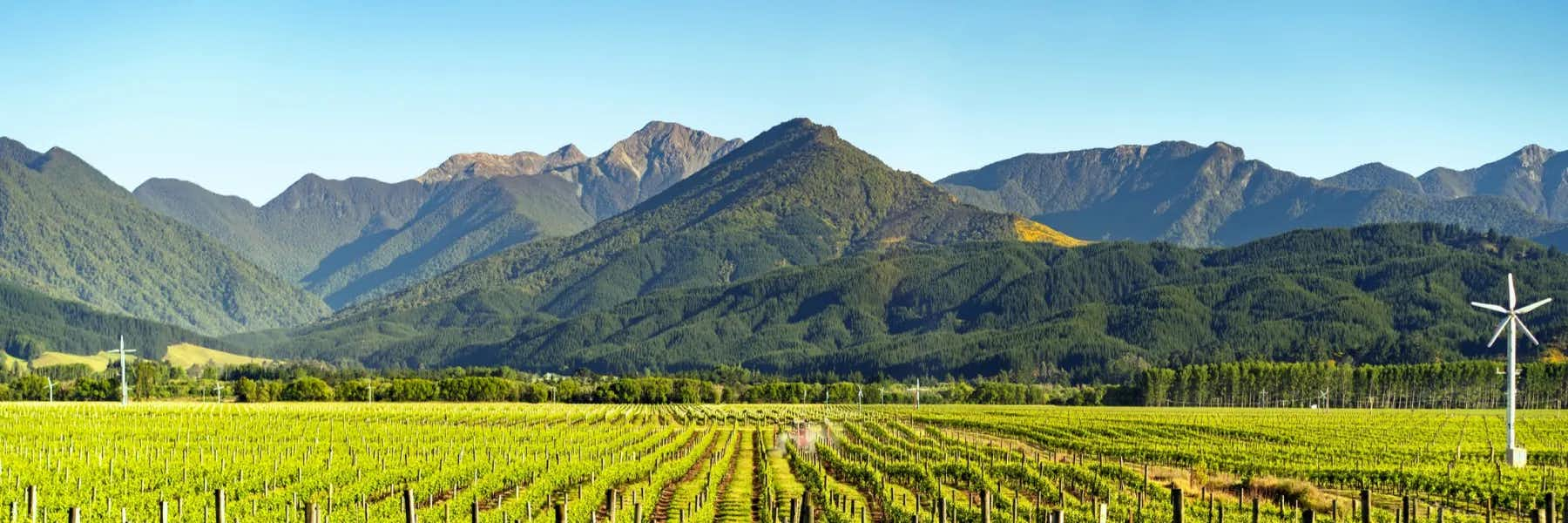New Zealand’s economic history has been largely defined by agriculture. For decades, overall economic growth was restricted due to the country’s remote geographic location and its longstanding concessionary dependence on the British market. Thanks to rapid transformations over the last 30 years, however, New Zealand now boasts an industrialized free market economy that competes on a global scale.
These changes have made a substantial difference in the lives of many New Zealanders and have also led to an influx of expats and foreign investors. The technological capabilities of the country’s industrial sector have improved, enabling New Zealand to increase its output of primary production goods—its most lucrative exports—to new markets in Southeast Asia. New Zealand has also become a hub for tourism, its single-biggest generator of foreign exchange since 2008.
Unfortunately, this transformation has also increased poverty and widened the gap between rich and poor. While the country’s Gross Domestic Product (GDP) grew by 35% between 1982 and 2011, nearly half of that increase went to the top 10% of earners in the country. At the same time the incomes of New Zealand’s richest essentially doubled, while the average income of the poorest 10th of its population increased by only 13%—a mere NZ$1,200 (US$870).
There is no official “poverty line” in New Zealand; however, the government’s Ministry of Social Development estimates that approximately one in seven New Zealand households are living on less than 60% of the median household income after housing costs.
Although not immune to global stock market trends, the isolation of the country allowed it to weather the global recession better than most. New Zealand’s economy contracted in 2008 just prior to the start of the global financial crisis, but it had pulled out by 2009. The economy achieved a steady rate of 2% to 3% growth between 2011 and 2015.
Today, New Zealand’s national economy is the 53rd-largest in the world by national GDP. Its international trade partners include Australia, the U.S., China, the European Union, Japan, and South Korea. New Zealand is closely aligned to Australia’s economy through the Closer Economic Relations free trade agreement.
Labor force: 2.562 million
GDP – per capita (PPP): US$37,100
GDP (by sector of origin):• Agriculture: 4.2%• Industry: 26.5%• Services: 69.2%
Exports: US$31.96 billion
Export commodities: Dairy products, meat and edible offal, logs and wood articles, fruit, crude oil, wine
Imports: US$34.83 billion
Import commodities: Petroleum and products, mechanical machinery, vehicles and parts, electrical machinery, textiles





